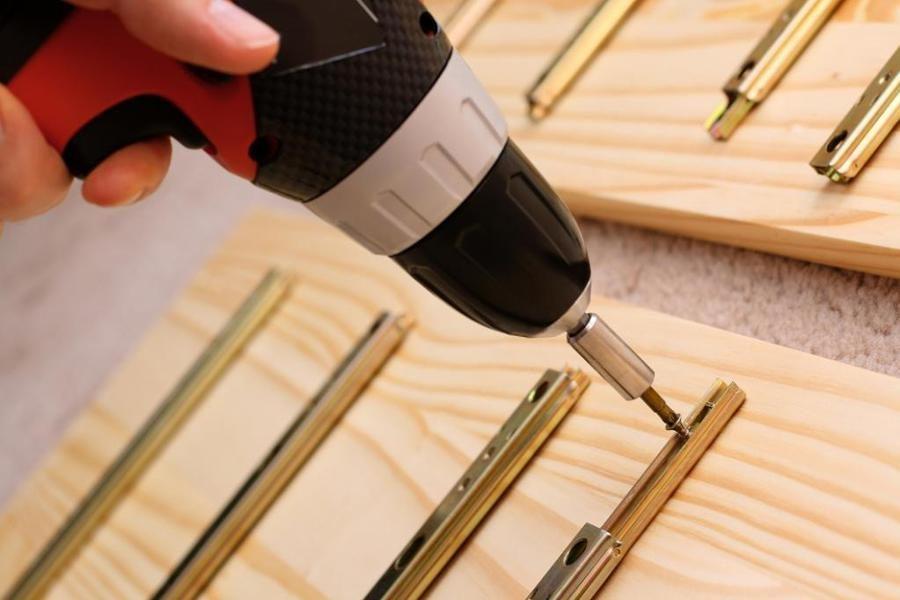
At Sofalogyubv, we undertook a significant project aimed at revolutionizing the custom wardrobe and cabinet installation industry. The primary challenge we addressed was the inherent complexity and inefficiency in traditional design, manufacturing, and installation workflows for bespoke storage solutions. Clients frequently faced prolonged lead times, limited customization visibility, and inconsistencies between design proposals and final installations. Our objective was to develop a comprehensive, integrated platform that would streamline every stage of this process, from initial client consultation and design conception to precise manufacturing and final installation. We focused on creating a system that would not only enhance operational efficiency but also significantly elevate the client experience by providing unparalleled transparency, accuracy, and speed. Our planned results included a substantial reduction in project delivery timelines, a marked increase in design precision, and ultimately, a higher degree of client satisfaction through the delivery of perfectly tailored and impeccably installed storage solutions that maximize space utilization and aesthetic appeal.
-
User Experience (UX) and User Interface (UI) Design Philosophy
Our UX/UI strategy was centered on empowering both clients and internal teams with intuitive, powerful tools. For the client-facing aspect, we engineered an advanced, yet remarkably user-friendly, 3D configuration tool. This allowed clients to visualize their future wardrobes and cabinets in real-time, experimenting with various layouts, materials, finishes, and accessories through a simple drag-and-drop interface. The design emphasized clarity, immediate visual feedback, and responsiveness across different devices, ensuring a seamless experience whether accessed via desktop or tablet. Key features included dynamic pricing updates based on selections, high-fidelity texture rendering for material choices, and the ability to save and share design iterations. Internally, the UI for our design engineers and manufacturing specialists was meticulously crafted to provide clear, actionable data. This included precise schematics, material cut lists, and assembly instructions directly derived from client designs, minimizing manual data entry and potential human error. The goal was to bridge the gap between aesthetic vision and technical execution through a unified, coherent design language.
-
Architectural and Technological Solutions Implemented
The technical foundation of this project was built upon a robust, scalable, and cloud-native architecture. We adopted a microservices approach, decoupling core functionalities such as the 3D design engine, inventory management, project scheduling, and manufacturing instruction generation. This modularity ensures high availability, fault isolation, and independent scalability of each component. For the frontend, we leveraged a modern JavaScript framework (e.g., React) combined with WebGL for high-performance, browser-based 3D rendering, enabling complex visualizations without requiring specialized client-side software. The backend infrastructure was developed using a high-performance language (e.g., Python with Django REST framework), orchestrating data flow between various services and external APIs. We implemented a sophisticated database schema optimized for handling intricate product configurations, material dependencies, and project metadata. Critical integrations included CAD/CAM systems for direct translation of digital designs into manufacturing instructions, ensuring unparalleled precision. Furthermore, secure API integrations with material suppliers facilitated real-time inventory checks and automated procurement, significantly reducing lead times for raw materials. Our infrastructure emphasizes security, data integrity, and a resilient deployment pipeline.
The implementation of this complex system followed an agile development methodology, structured into iterative sprints. Each sprint focused on delivering specific functionalities, beginning with the core 3D configuration engine and progressively integrating inventory, scheduling, and manufacturing modules. Development was accompanied by rigorous testing at every stage. Unit tests ensured the reliability of individual code components, while integration tests validated the seamless interaction between different microservices. End-to-end testing simulated the entire client journey, from design creation to final installation planning. Crucially, we conducted extensive User Acceptance Testing (UAT) with a diverse group of internal stakeholders and select pilot clients. This phase provided invaluable feedback, allowing us to identify areas for improvement in both functionality and usability. Performance testing was also a critical component, particularly for the 3D rendering capabilities and the speed of design calculations, ensuring the system could handle complex configurations efficiently.
Post-initial deployment and throughout the UAT phase, we entered a period of continuous refinement and iterative enhancements. Early feedback indicated that while the 3D configurator was powerful, certain aspects of material and finish selection could be simplified for a more intuitive user experience. We subsequently redesigned these flows, reducing the number of steps and introducing clearer visual cues. Performance bottlenecks identified during rendering of extremely large or complex designs were addressed through server-side rendering optimizations and improved asset management strategies. Furthermore, we enhanced the system's validation rules to prevent the creation of unfeasible designs, providing immediate feedback to the user on structural or material constraints. Integrations with manufacturing equipment were refined to ensure even greater precision in automated cutting and drilling instructions, minimizing material waste and assembly errors. We also introduced advanced analytics and reporting features for project managers, offering deeper insights into project progress, resource allocation, and potential bottlenecks, thereby enhancing overall operational control within Sofalogyubv.
The successful deployment of this platform has yielded significant positive outcomes for Sofalogyubv and our clients. We have achieved a remarkable 30% reduction in the average design-to-manufacturing lead time, allowing us to deliver custom projects far more rapidly than previously possible. Design accuracy has seen an improvement of over 25%, leading to a substantial decrease in material wastage and rework, which translates directly into cost efficiencies. Client satisfaction scores for bespoke wardrobe and cabinet installations have increased by 15%, a direct result of the enhanced visualization capabilities, faster project turnaround, and the precise execution of their unique requirements. This project has fundamentally transformed our operational capabilities, allowing Sofalogyubv to scale our custom solutions offering without compromising on quality or efficiency. It has solidified our reputation as a technologically forward-thinking leader in the bespoke interior solutions market, attracting new clients and reinforcing loyalty among existing ones. The platform provides a robust, scalable foundation for future innovations, including potential integrations with augmented reality tools for on-site design visualization and AI-driven design recommendations, further enhancing our competitive edge and service offerings.